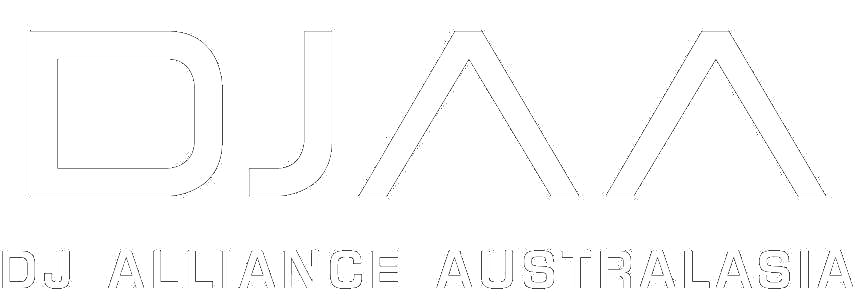Your wedding day is coming up and everything is in place. You’ve spent countless hours, not to mention dollars, to choose meaningful things that are beautiful, sentimental, fun and unique. But what you might be thinking now is, “What if they don’t see it?” or “What if no-one feels it?” Or how about, “Will I remember it and will it be something worth having the photographer capture?”
Special events, particularly weddings, sometimes seem like a huge gamble with a big pile of money on a roulette wheel. “Here we go! I hope it all comes together!”
There are many things you can do to assure that the space you have put so much time into will have the best chance of having an impact on your guests and get the most out of your photography. One of those things is staging!
Staging is an old concept used for years by the theatre community to help frame the story being told. Think about it…you are sharing a story with your friends and family. A story filled with those things that are important to you using the beautiful things you have chosen to share with all of them.
Staging has several layers to it and we could go very deep around how to use it to enhance every part of your wedding. Let’s just give you a basic concept you can use when standing in your venue making decisions about how it’s going to look.
The two most common types of staging you’ll likely be using are Proscenium Staging and Theatre In the Round Staging.
Proscenium Staging is defined as being when the audience looks at the staged area and it is framed all around the action with no-one seated behind it. Proscenium Staging is like your head table against a wall or window with all of your guests in front Similarly, when you say your vows to each other and everyone sits and watches from one side , this is also Proscenium Staging.
Theatre in the Round Staging is used when the action is in the centre of the room and the guests are seated around the action. The easiest example from a wedding is likely your first dance. This is an ideal example of Theatre in the Round Staging.
Consider where you, the stars of the show (the reason they came to watch) and the action that’s being presented will be. Where will your guests be? Imagine being that guest and now take into consideration what they will see around and behind you. Will what they see frame you beautifully? Will it have balance and symmetry? Can everyone see you from every seat and what will the worst seat in the house see? Are there structures within sight lines and do you care? What’s on the walls or windows behind you? Is there a door or an exit sign or a fire extinguisher in the framed area?
Taking these things into consideration not only draws your guests more deeply into the moments you want them to experience, but it will also ensure that the photographer and videographer will have great angles to work with, making sure that your investment with them will be somewhat protected.
This simple way of thinking about staging can help you envision what your guests will experience from the ceremony to the cocktail reception to the dinner and into the dance. Where you are, where the bar should be, where the dance floor should go — all of these decisions can have an enormous impact on the success of every moment. The visual and performance artists you have decided to engage for the day should understand this concept in much more depth. Hiring people with a working knowledge of this concept will assure that all of the most important moments you plan for will be felt by everyone just as you imagined.
This article was kindly contributed by Guest Blogger, Bill Hermann of Bill Hermann Entertainment. The DJ Alliance Australasia along with our international not-for-profit partner Associations, the Canadian Professional Disc Jockey Association (Canada) and the National Association of Disc Jockeys (UK) are publishing a series of articles designed to help the general public better utilise the industry our collective Associations represent. We hope these articles are helpful and function to assist everyone achieve greater event success with mobile DJ & MC entertainment.
DJs & MCs wishing to publish DJAA “DJ MC Hiring Tips” blog content to their own website is permissible provided the content remains unchanged and when credit is given to a guest author that credit remains intact at the end of the blog post as originally written. Those republishing blog content must also have the following line inserted at the start of the post:
This was originally published by the DJAA (embed link to original article here) and has been republished here with permission.
